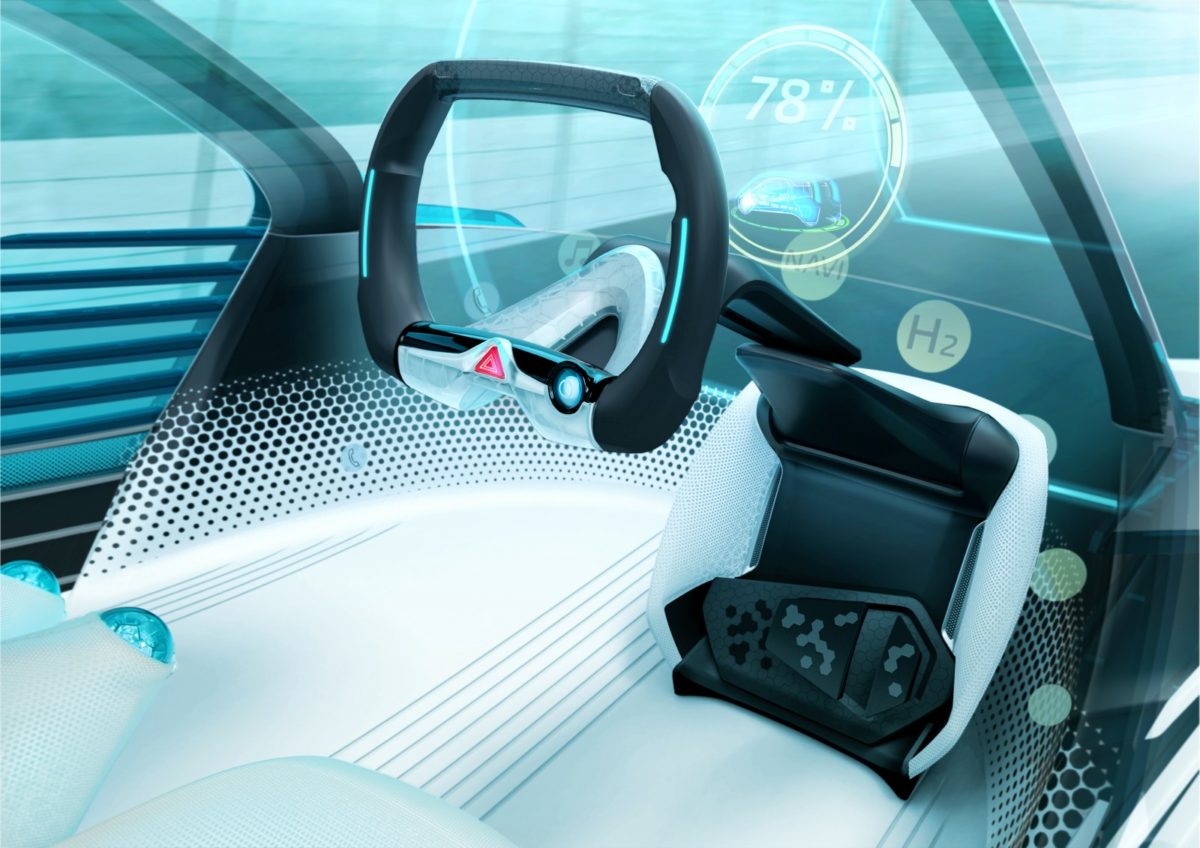Toyota teases future mobility with three new concept cars


It’s always fun when automobile manufacturers bring out concepts that provide a preview of future styling and engineering direction, predictions for the evolution of mobility, or simply what they’re capable of. Toyota recently debuted three such vehicles, one of which harks back to their roots of building small, lightweight sports cars.

Toyota S-FR
The S-FR concept was created to “reaffirm the fundamental relationship between car and driver,” says Toyota. This entry-level four-seater features a front engine, rear-wheel drive format with independent suspension providing optimal weight distribution and handling. Shifting duties are taken care of by a six-speed manual transmission.

The elongated front end and wide footprint gives the S-FR a classic sports coupe appearance. The model is aimed at the enthusiast demographic that enjoy customizing their vehicles.

Toyota FCV Plus
Toyota has long been envisioning a sustainable society based around hydrogen energy, a power source containing a higher energy density than electricity, can be generated from many different types of raw materials, and is relatively easy to store. The FCV fits into this plan nicely because aside from running off of electricity generated from hydrogen, it can also produce electricity to be used in the home and shared with the community power grid.

The FCV’s fuel stack is mounted in the centre at the front, and the hydrogen tank is installed behind the rear seat. Each wheel also has a dedicated motor. Together, the unique design allows for a spacious interior despite its compact vehicle dimensions of 3,800 millimetres (length) by 1,750 mm (width).

Toyota Kikai
While the Kikai likely won’t be found in stores anytime soon, the purpose of its conception was to “explore and emphasize the fundamental appeal of machines.” Parts normally hidden away underneath body panels and bumpers, like suspension components and headlamps, are exposed to show off their inner workings.

The driver sits front and center to connect him or her more closely with the car, and there is room for two more passengers behind. Through a small window near the pedals, occupants are treated to a view of the tires and suspension working as the Kikai moves along the road.

